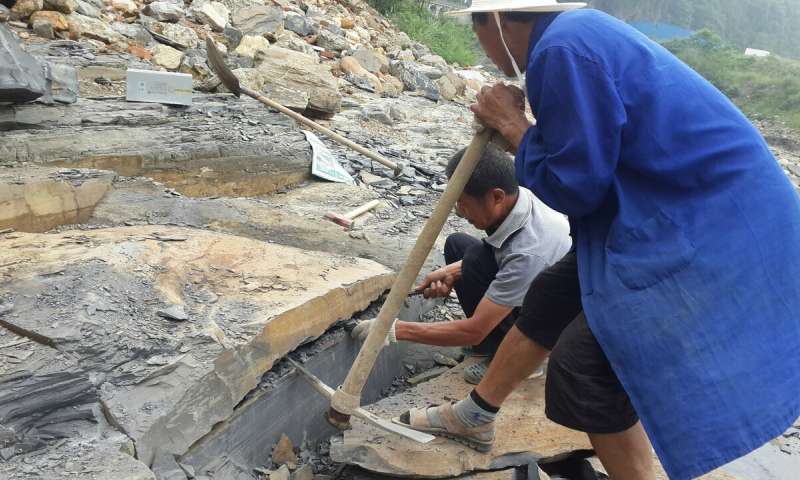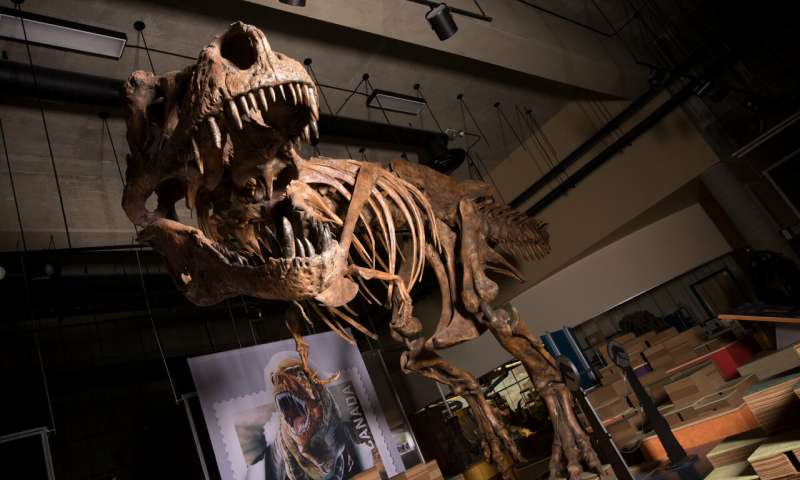A Chinese fossil trove – see https://phys.org/print472464235.html … a team from two universities in China and one from the US has partially excavated a trove of fossils from the Cambrian so called Explosion – in southern China. They have also published a preliminary study in the journal Science (March 2019) – see DOI:10.1126/science.aaw8644. The period is best know from a western perspective from the Burgess Shale where internal organs and eyes were preserved. Since then other sites of the Cambrian have been found, all in shale beds. In this new effort the site is close to a river and is being hailed as the best collection yet of Cambrian fossils as many of them have never been seen before. They also include many soft bodied creatures and well preserved soft body parts (as the BBC is currently telling us on the Sunday news bulletin). These fossils date back 540 million years ago and therefore the state of preservation is remarkable. They are however embedded in stone and have become stone – fossils.
The spokesperson speculated that conditions must have been just right. That is perhaps a statement somewhat trite as he is looking at it from a uniformitarian perspective rather than from a catastrophist one. It requires the marine fossils were buried in sediments in deep water with little oxygen to encourage bacteria to damage them. In a catastrophist scenario quite the opposite might be true. It would not be necessary for a deep water location or a phase of time lapsing without deterioration of the soft body parts. Death and burial would have been instant. The image of a guy with a pickaxe breaking up shale is intriguing (mud stone perhaps).

At https://phys.org/print472485228.html … Bingo! The biggest Tyrannosaurus Rex fossil to date. University of Alberta paleontologists are responsible. The T Rex is 13m in length and lived in what is now Saskatchewan during the Cretaceous era – some 66 million years ago. It's leg bones suggest a living weight of 8,800 kg – bigger than all other carnivorous dinosaurs. It was discovered as long ago as 1991 encased in sand stone. It has taken ten year to removed from the rock and further years to house in a museum for public consumption.

